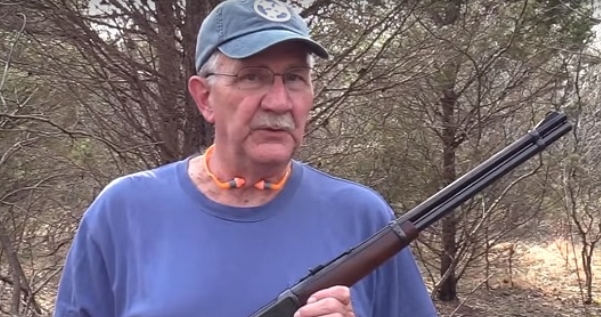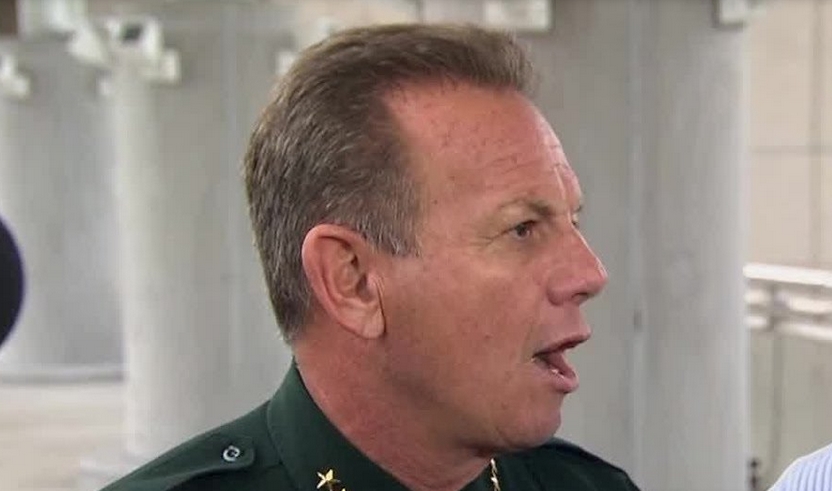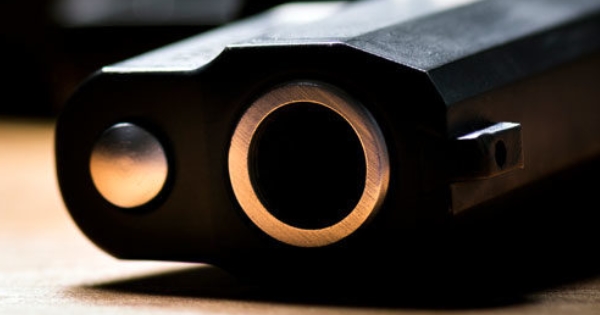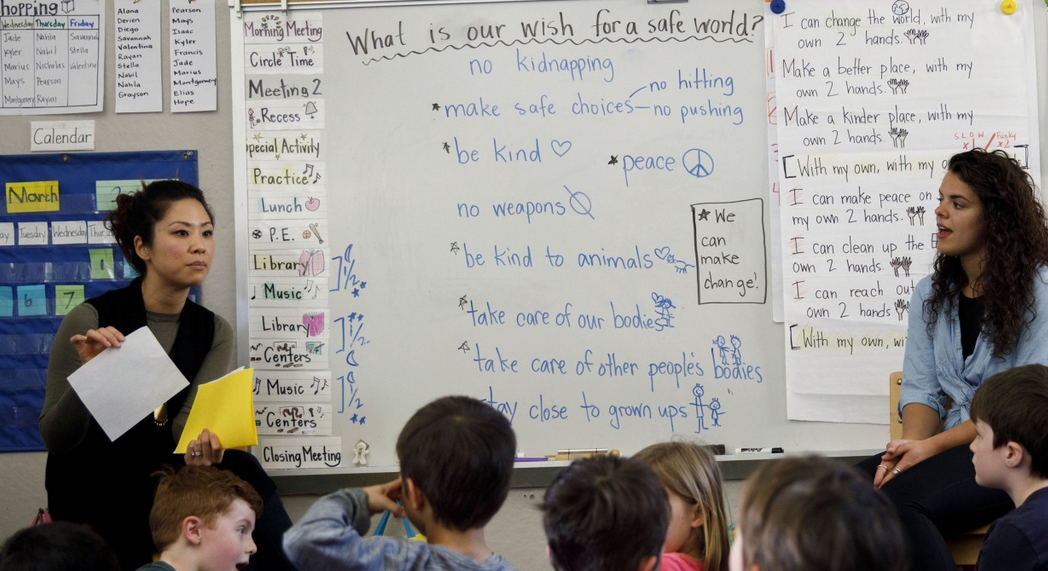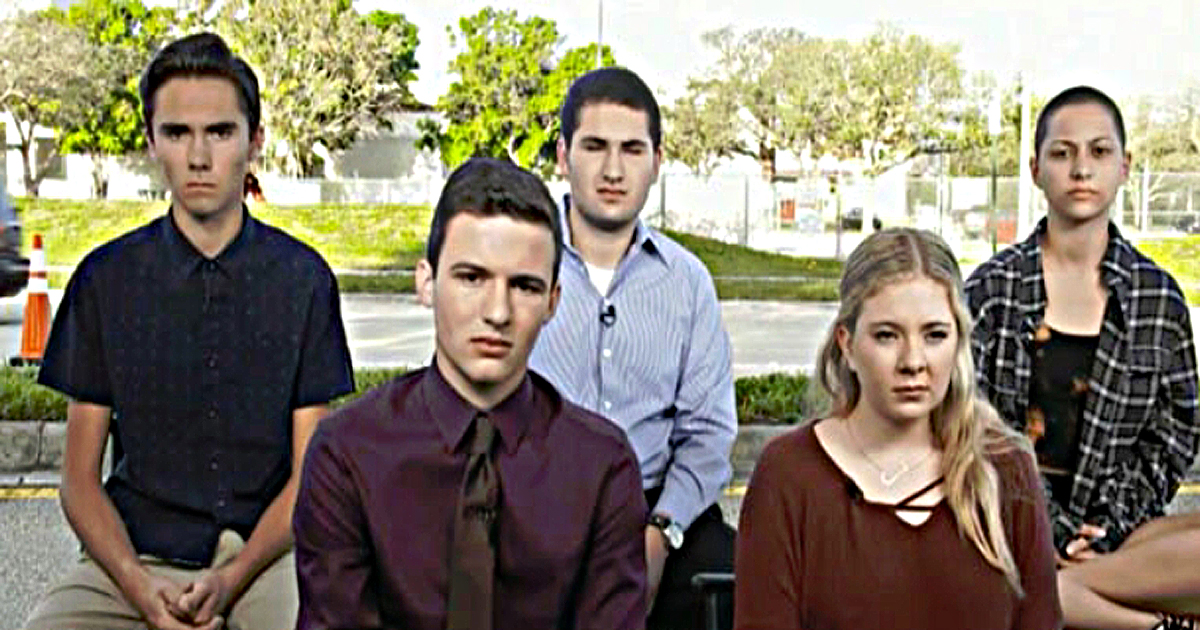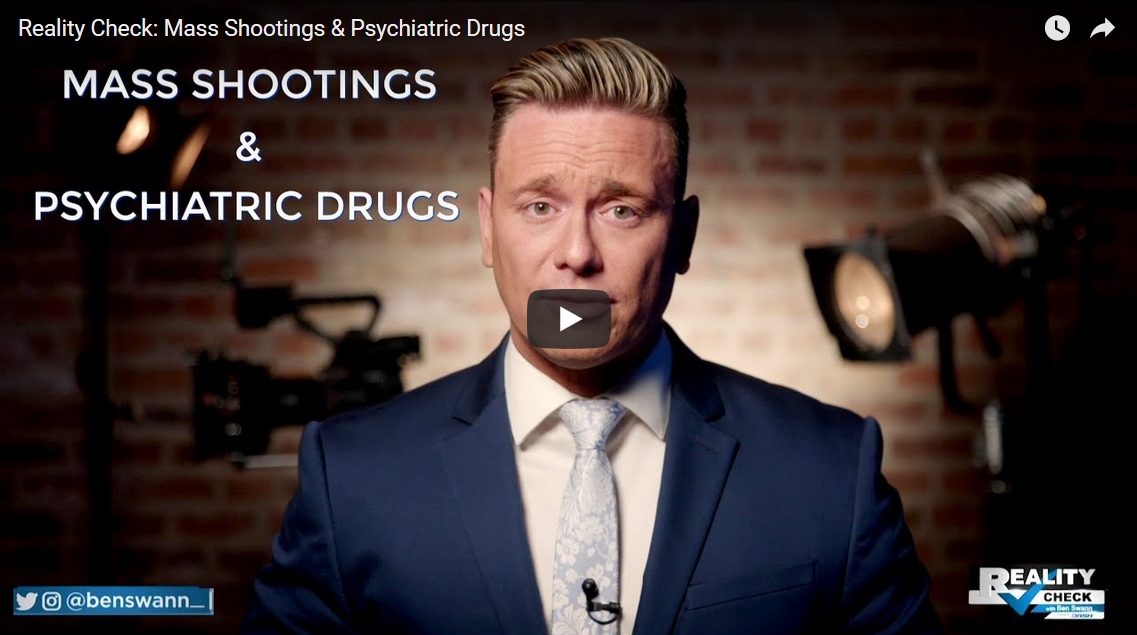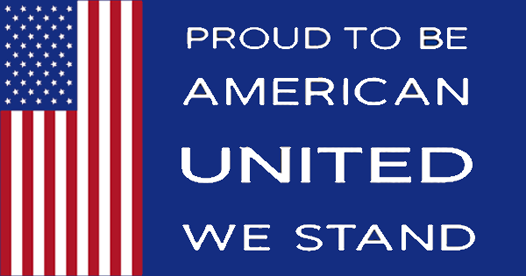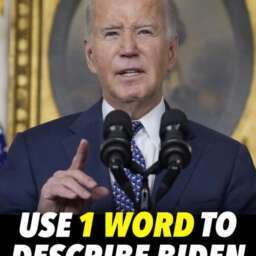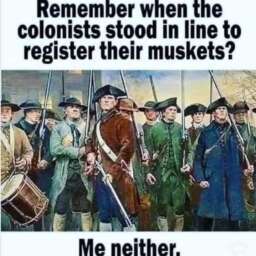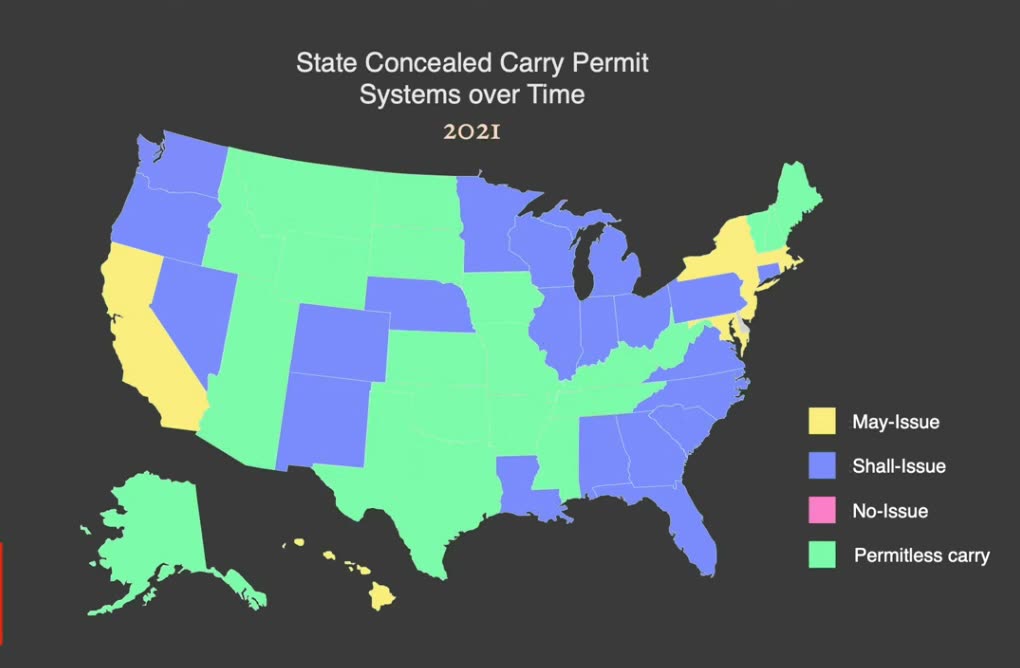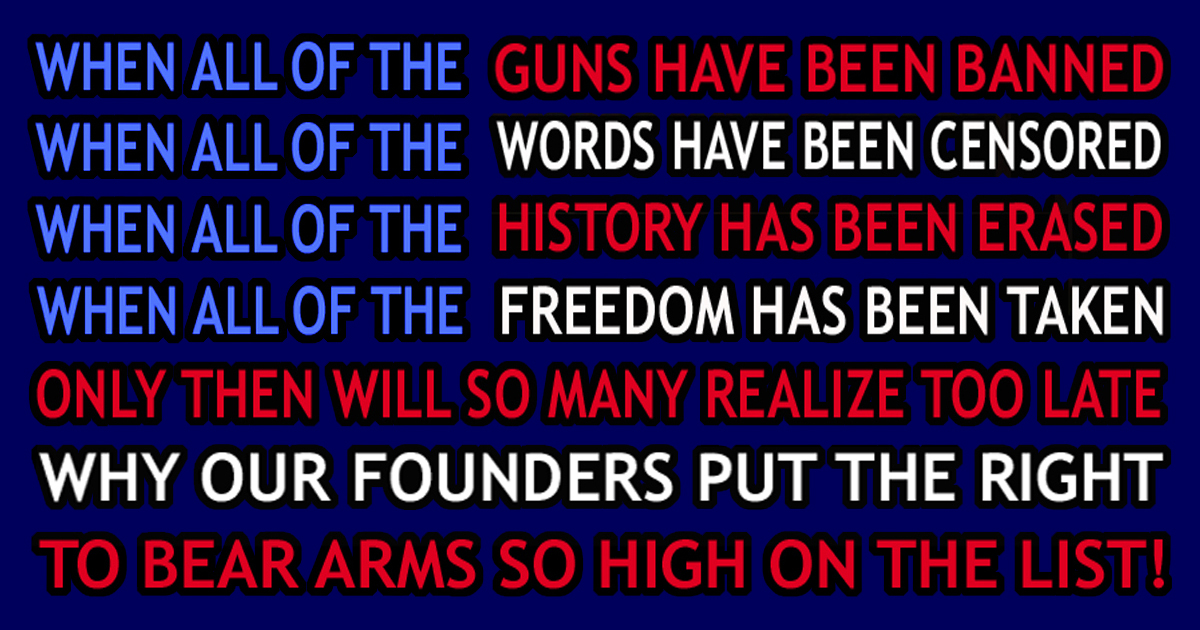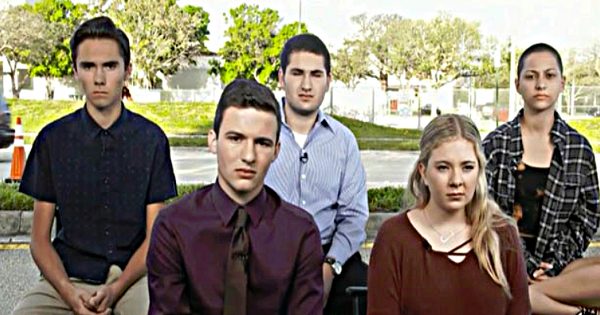 NPR – Despite Heightened Fear Of School Shootings, It’s Not A Growing Epidemic
NPR – Despite Heightened Fear Of School Shootings, It’s Not A Growing Epidemic
“The Parkland shooting last month has energized student activists, who are angry and frustrated over gun violence. But it’s also contributed to the impression that school shootings are a growing epidemic in America. In truth, they’re not.”
“Schools are safer today than they had been in previous decades,” says James Alan Fox, a professor of criminology at Northeastern University who has studied the phenomenon of mass murder since the 1980s.
Fox and doctoral student Emma Fridel crunched the numbers, and the results should come as a relief to parents.
First, while multiple-victim shootings in general are on the rise, that’s not the case in schools. There’s an average of about one a year — in a country with more than 100,000 schools.
“There were more back in the ’90s than in recent years,” says Fox. “For example, in one school year — 1997-98 — there were four multiple-victim shootings in schools.”
Second, the overall number of gunshot victims at schools is also down. According to Fox’s numbers, back in the 1992-93 school year, about 0.55 students per million were shot and killed; in 2014-15, that rate was closer to 0.15 per million.
“The difference is the impression, the perception that people have,” Fox says — and he traces that to cable news and social media. “Today we have cell phone recordings of gunfire that play over and over and over again. So it’s that the impression is very different. That’s why people think things are a lot worse now, but the statistics say otherwise.”
Other experts agree. Garen Wintemute is an emergency room physician who leads a prominent gun violence research program at the University of California, Davis. He says school shootings, specifically, are not epidemic.
“Schools are just about the safest place in the world for kids to be,” Wintemute says. “Although each one of them is horrific and rivets the entire nation for a period of time, mass shootings at schools are really very uncommon, and they are not increasing in frequency. What’s changed is how aware we are of them.”
But Wintemute believes mass shootings — whether in schools or elsewhere — are increasing social pressure to address the far more common threat of small-scale shootings, which mostly happen in private.
“For school-age kids, the kind of shooting we most need to worry about is the kind of shooting that occurs off the school grounds,” Wintemute says. “The best way to prevent school shootings is to prevent shootings in general.”
He endorses broader gun safety measures, such as “red flag” laws, which give authorities the ability to remove firearms temporarily from people deemed to be threatening violence to themselves or others.
Wintemute and Fox say that by focusing so narrowly on school shootings, we run the risk of turning schools into fortresses. Fox says, given the statistics, it’s misguided to put kids through metal detectors and active shooter drills, and he doesn’t like the new calls for armed teachers.
“Most adults wouldn’t want their workplaces to look like what some of the schools are looking like, now,” Fox says.
But the perception of danger puts school administrators in a difficult position.
Marysville Pilchuck High School, about an hour north of Seattle, has experienced the tragedy of a shooting, and the statistical rarity is no comfort.
On Oct. 24, 2014, a freshman shot five other students in the cafeteria, killing four, before killing himself. Ever since, administrators have struggled to restore the students’ sense of safety.
“Probably, every day it pops into your head at one time or another,” says acting district superintendent Jason Thompson. “You think, ‘Okay, we’ve had our shooting,’ right? It’s human to think that way. But I think a lot of times for me, it’s like, ‘This could happen again.'”
For the last three years, the district has wrestled with how to make schools safer, without going overboard. Local voters defeated a bond levy which would have remodeled the open-style campus into a more secure, single-entrance configuration. So the school remains very open. There’s a new security camera, a security guard near the entrance, and visitors are told to wear a badge on campus, but there are no new fences or metal detectors.
Greg Dennis, who runs security for the district, says it’s hard to reach consensus on what precautions to take.
“From a parent’s perspective, they say, ‘Holy cow, why aren’t we doing this? Why aren’t we building prisons, why aren’t we building moats?'” Dennis says. “And the next person says, ‘We can’t do that! This is public property, you have to make it accessible, how do we use the playgrounds on the weekend?'”
Without the money to rebuild the school, administrators have opted to emphasize training and preparedness. They try to think tactically — for instance, since the shooting in Parkland, they’ve been reconsidering how to conduct fire drills, to make kids less of a target to potential attackers as they leave their classes.
But Marysville staffers also try to keep the risk in perspective. Dennis says he tries to learn security lessons from other shootings, but he doesn’t want to obsess about them.
Madysen Pruss, who’s part of a federally-funded counseling program at the school, says that’s also her message to students when another shooting is in the news.
“We talk about how it’s publicized through social media,” Pruss says. “So it makes the threat feel greater than it is.”
This year’s seniors were freshmen when the shooting happened, so this is the last class that still has memories of the incident. Senior Olivya Cerdinio is one of a group of students who organized the school’s observance of the 1-month milestone since the shooting in Parkland.
“I’m like kind of done being sad about it, and I’m just really mad about it, and I want to make a change,” she says.
But it’s shootings in general that she’s mad about — not school shootings in particular.
“It’s not dangerous because of how schools are,” Cerdinio says, “but because a shooting can happen anywhere. It’s more about gun availability.”
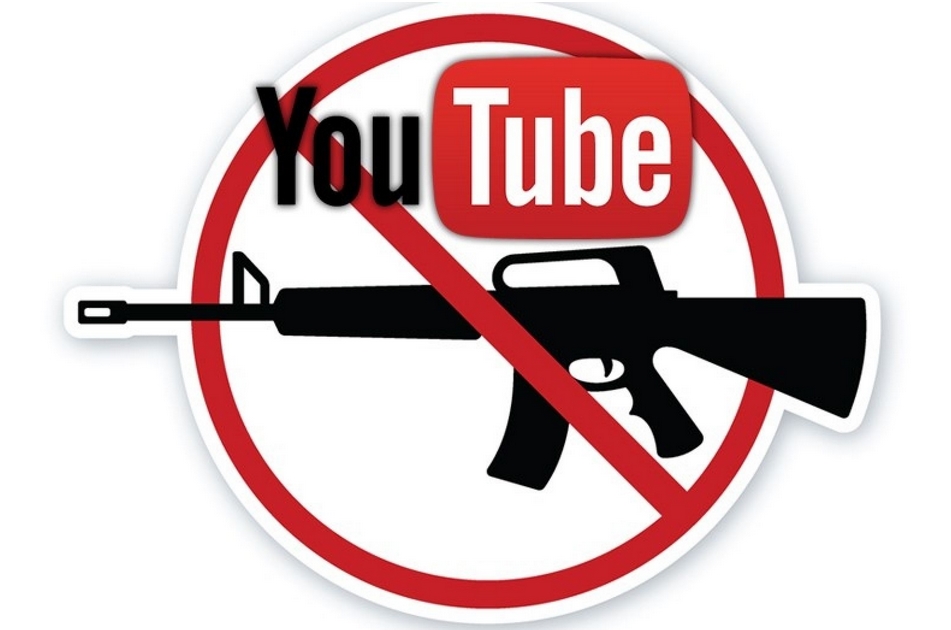 Fox News – Outcry from gun advocates after YouTube blocks videos on firearms assembly, sale
Fox News – Outcry from gun advocates after YouTube blocks videos on firearms assembly, sale
